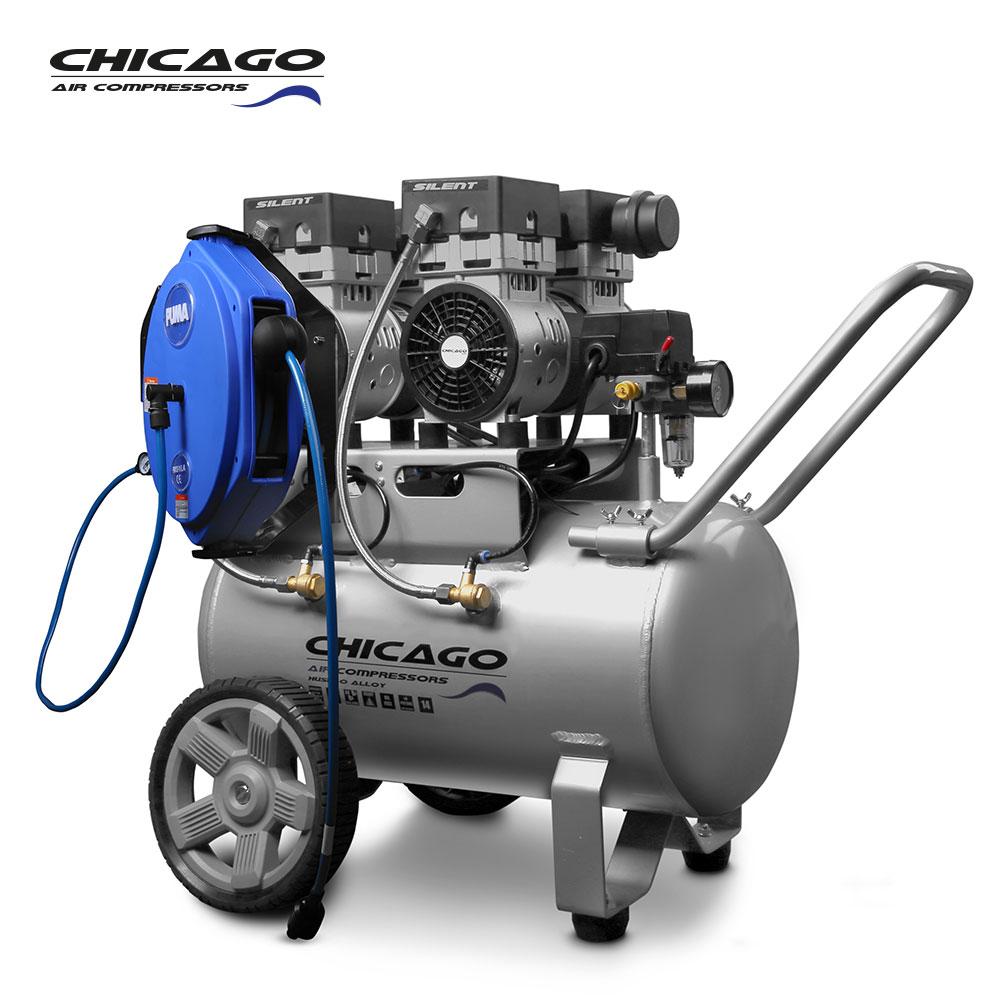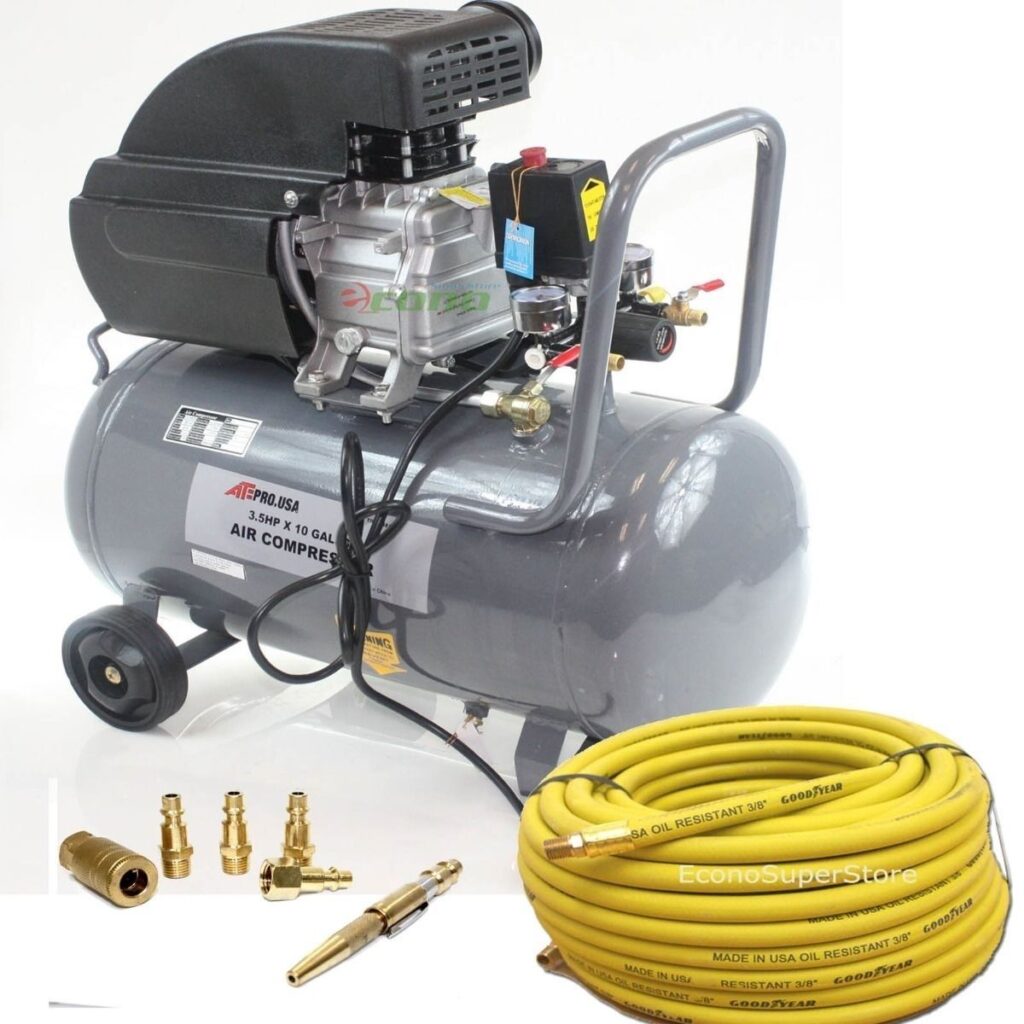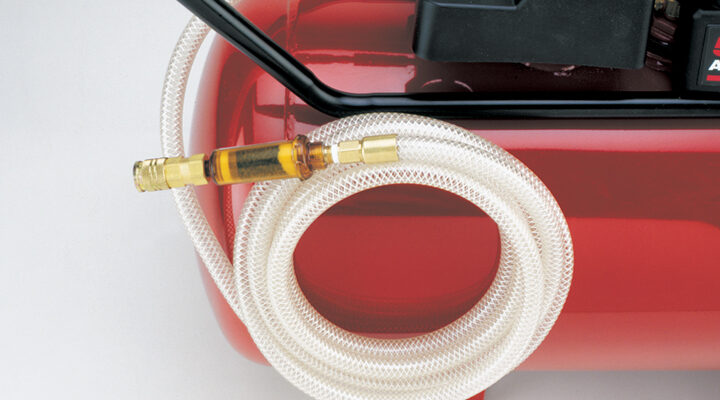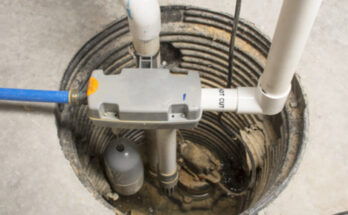When it comes to air compressor with hose attachments, many people mistakenly believe that they’re only meant for professionals or serious hobbyists with extensive workshops. But let me tell you, that couldn’t be further from the truth! In reality, air compressor with hoses are incredibly versatile tools that can benefit anyone, from DIY enthusiasts to occasional tinkerers. So, let’s debunk this myth and explore why air compressor with hoses are a game-changer for all skill levels.
Understanding Air Compressor with Hose
Before we dive into why air compressor with hose are a must-have for every toolbox, let’s take a moment to understand what they actually are. An air compressor is essentially a device that converts power into potential energy stored in pressurized air. This pressurized air can then be used to power pneumatic tools, inflate tires, and even clean hard-to-reach areas. Now, when you add a hose to the mix, you’re not just limited to working in close proximity to the compressor. Instead, you gain the freedom to move around your workspace without being tethered to a stationary unit.
Imagine this scenario: you’re working on a DIY project in your garage, and you need to inflate your car tires or use a pneumatic nail gun. With a traditional air compressor, you’d be limited by the length of the power cord and the reach of the air hose. But with an air compressor equipped with a hose, you have the flexibility to move around freely without worrying about these constraints. Whether you’re working in the garage, the backyard, or even on a job site, having a hose attached to your air compressor opens up a world of possibilities.

Photo By: sydneytools.com.au
Now, let’s address another common misconception: that air compressor with hose are loud and cumbersome to use. While it’s true that some older models may produce noise, many modern air compressors are designed with noise reduction features, making them quieter than ever before. Additionally, advancements in technology have led to the development of compact and lightweight compressors that are easy to transport and store. So, whether you’re working in a small garage or a crowded job site, you can enjoy the convenience of an air compressor with a hose without disturbing your neighbors or colleagues.
Air Compressor with Hose Are Expensive and Complicated
There’s a common misconception that air compressor with hose attachments are expensive investments reserved only for professionals or serious DIY enthusiasts. But let me assure you, that’s simply not the case! In fact, there are plenty of affordable options available on the market that are perfect for beginners or occasional users. So, let’s debunk this myth and explore why air compressor with hose are more accessible and user-friendly than you might think.
Types of Air Compressor with Hose
When it comes to choosing an air compressor with a hose, you’ll find that there are several different types to consider. Portable air compressors are great for those who need to move around frequently, while industrial-grade models are designed for heavy-duty use in professional settings. Electric air compressors offer convenience and versatility, while compact units are ideal for smaller spaces like home garages or workshops.
Each type of air compressor comes with its own set of features and benefits, so it’s important to choose one that aligns with your specific needs and budget. For example, if you’re a homeowner looking for a simple solution for inflating tires or powering basic tools, a compact electric compressor with a hose attachment may be all you need. On the other hand, if you’re a professional contractor who needs to run multiple pneumatic tools simultaneously, you may opt for a larger industrial-grade compressor with a longer hose.
Key Features to Consider
When shopping for an air compressor with a hose, there are several key features to keep in mind to ensure you’re getting the best value for your money. One important factor to consider is the tank capacity, which determines how long you can operate your tools before needing to refill. Higher tank capacities are ideal for continuous use, while smaller tanks may be sufficient for occasional tasks.
Pressure ratings are another important consideration, as they determine the maximum pressure the compressor can deliver. For most DIY tasks, a compressor with a pressure rating of around 150 PSI should suffice. However, if you’re working with high-powered pneumatic tools or equipment, you may need a compressor with a higher pressure rating.
In addition to tank capacity and pressure ratings, you’ll also want to consider the length and flexibility of the hose. A longer hose allows for greater freedom of movement, while a flexible hose is less likely to kink or become tangled during use. Finally, don’t forget to check for additional features like built-in pressure gauges, adjustable regulators, and quick-connect fittings, which can enhance the usability and convenience of your air compressor.

Photo By: econosuperstore.com
Exploring Specific Models
Let’s take a closer look at a few standout models:
Model X: This compact electric air compressor with a hose attachment is perfect for home garage use. Its lightweight design and easy portability make it a breeze to transport, while its powerful motor ensures efficient operation. Pros: Portable, powerful, user-friendly. Cons: Limited tank capacity may require frequent refills. Verdict: Ideal for DIY enthusiasts seeking a reliable and versatile compressor for home projects.
Model Y: An industrial-grade air compressor with a long hose, this powerhouse is built for professional use. Its robust construction and high-pressure output make it suitable for heavy-duty applications on job sites. Pros: Durable, high-performance, long hose. Cons: Bulky and heavy, may not be suitable for smaller workspaces. Verdict: Perfect for contractors requiring superior performance and durability in their equipment.
In Conclusion
Air compressor with hose are far more accessible and user-friendly than commonly perceived. With a wide array of options available, from portable units to industrial-grade models, there’s a compressor to suit every need and budget. By understanding the different types and key features to consider, users can confidently select the perfect compressor to elevate their DIY projects or professional tasks. So, don’t let misconceptions deter you – embrace the versatility and convenience of air compressor with hose, and revolutionize your work experience!
Frequently Asked Questions (FAQs)
- Are air compressor with hose suitable for beginners? Absolutely! Many air compressor with hose are designed with user-friendliness in mind, making them perfect for beginners. Just make sure to choose a model that matches your skill level and intended use.
- How do I know which type of air compressor is right for me? Consider factors such as your typical projects, available workspace, and budget. If you’re primarily working in a small garage or on simple DIY tasks, a compact electric compressor with a hose attachment might be your best bet. However, if you’re a professional contractor tackling heavy-duty jobs, an industrial-grade compressor with a long hose could be more suitable.
- Are air compressor with hose noisy? While some older models may produce noise, many modern air compressors are designed with noise reduction features. Look for models labeled as “quiet” or “low noise” if this is a concern for you.
- What’s the difference between tank capacity and pressure rating? Tank capacity refers to the amount of compressed air the tank can hold, while pressure rating indicates the maximum pressure the compressor can deliver. Both are important considerations depending on the duration and intensity of your tasks.
- Can I use my air compressor with a hose for inflating tires? Absolutely! Inflating tires is one of the most common uses for air compressor with hose. Just make sure to adjust the pressure settings accordingly to avoid overinflation.
- How do I maintain my air compressor with a hose? Regular maintenance is key to ensuring your air compressor performs optimally. This includes draining the tank regularly, checking for leaks, lubricating moving parts, and cleaning or replacing filters as needed. Refer to the manufacturer’s guidelines for specific maintenance instructions.
- Can I use an air compressor with a hose for painting? Yes, air compressors with hoses are commonly used for painting. However, you’ll need to ensure you have the appropriate spray gun and attachments for your specific painting application.
- Are air compressors with hoses safe to use? When used properly and according to manufacturer instructions, air compressors with hoses are generally safe to use. However, it’s essential to familiarize yourself with the equipment and practice proper safety precautions, such as wearing eye protection and using tools and attachments correctly.
- What should I do if my air compressor with a hose stops working? If you encounter any issues with your air compressor, such as air leaks or motor malfunctions, refer to the troubleshooting guide provided by the manufacturer. In some cases, simple fixes like tightening connections or replacing worn-out parts may resolve the problem. If you’re unable to troubleshoot the issue yourself, contact the manufacturer or a qualified technician for assistance.
- Can I use my air compressor with a hose for cleaning? Yes, air compressors with hoses can be used for cleaning various surfaces and equipment. However, be cautious when using high-pressure air as it can cause damage or injury if not used properly. Always follow safety guidelines and use appropriate attachments for cleaning tasks.



